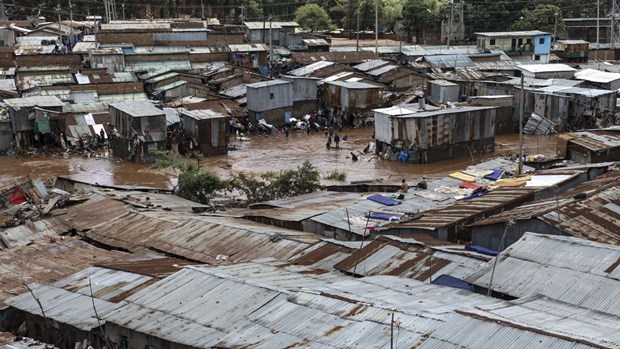 Society
Society

Malnutrition rates, both underweight and stunting, of children under five years old has reduced slightly in Việt Nam in 2015, a report of the National Institute of Nutrition (NIN) released today said.
 |
| Students during play time at a school in HCM City. Malnutrition rates, both underweight and stunting, of children under five years of age have reduced slightly in Việt Nam in 2015, a report of the National Institute of Nutrition (NIN) released yesterday said. — Photo vnexpress.net |
HÀ NỘI — Malnutrition rates, both underweight and stunting, of children under five years old have reduced slightly in Việt Nam in 2015, a report of the National Institute of Nutrition (NIN) released yesterday said.
The annual report of the NIN said that by the end of 2015, underweight rate of children under the age of five had reduced by 0.4 per cent to 14.1 per cent, while the stunting rate reduced to 24.6 per cent, compared to 24.9 per cent in 2014.
The figures on malnutrition that health experts had been warning about earlier showed signs of coming to a virtual standstill.
However, there was a big gap in malnutrition rates between the country’s regions and areas. They were highest in the Central Highland region with the underweight rate at 21.6 per cent and stunting weight at 34.2 per cent. Kon Tum and Gia Lai were the two provinces with the highest rates in the Central Highland region, with underweight rates of 23.7 per cent and 24.1 per cent, while stunting rates were at 39.3 and 35.3 per cent respectively.
In the northern region, the underweight rate was 19.5 per cent while the stunting weight was 30.3 per cent. Lai Châu and Hà Giang ranked on the top in the northern area’s malnutrition levels with underweight rates at 23 per cent and 22.8 per cent, respectively, while stunted rates were at 36.4 and 35.1 per cent, respectively.
The figures have raised a question for policymakers on how the weight and height of children living in the mountainous regions could match that of children in the plains and urban areas.
The survey was conducted among children under five years old in 63 provinces and cities nationwide with an aim to propose measures for reducing the malnutrition rate. It will also aim to help policymakers to draw up socio-economic development policies in the coming years. — VNS









